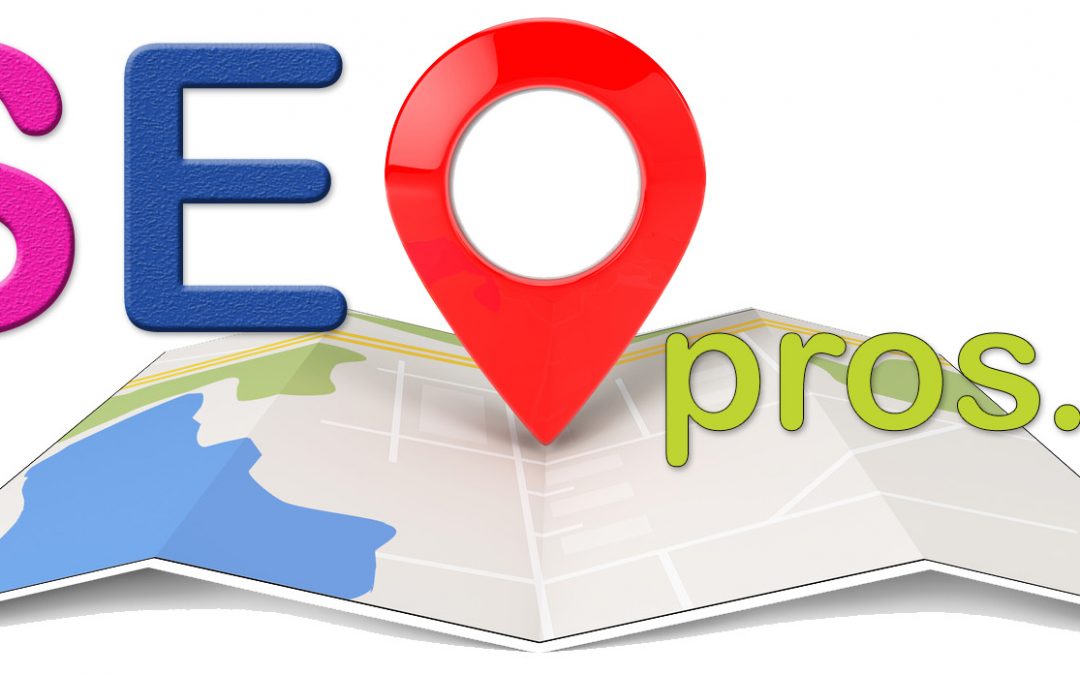Business-to-business (B2B) marketing on social media, particularly on LinkedIn, can be a powerful tool to reach, engage, and convert potential clients. Here are some strategies that can help you leverage LinkedIn for B2B marketing:
1. Build a Solid Company Profile: Your LinkedIn company profile is the first point of contact for many potential customers. Make sure your profile is complete, up-to-date, and effectively communicates your brand’s mission, products, and services.
2. Engage in LinkedIn Groups: Join relevant industry groups to get involved in discussions and establish your company as a thought leader. This can be an excellent way to build relationships and share insights with other professionals in your industry.
3. Publish Thought-Leadership Content: Publish original articles on your company page or through personal profiles of executives. These could be industry insights, advice, trends, or research studies, all of which can position your company as a knowledgeable leader in your field.
4. Leverage LinkedIn’s Sponsored Content and Ads: Sponsored content allows you to push your posts onto the LinkedIn feeds of professionals who fit your target demographic but are not currently following your page. LinkedIn Ads are another powerful tool for reaching a specific audience, with numerous targeting options such as job title, industry, company size, and more.
5. Use LinkedIn’s Advanced Search Features: The advanced search feature can help you find the right people or businesses by using keywords, industry, location, company size, and other criteria. You can save your searches and get alerts about new potential leads.
6. Use LinkedIn Sales Navigator: This is a premium feature that can help you identify and reach out to potential leads. It offers advanced search and lead recommendation features that can be extremely beneficial in a B2B context.
7. Host LinkedIn Live and Events: Use LinkedIn Live to host webinars, Q&A sessions, product demonstrations, etc. You can also create virtual events through LinkedIn Events to connect with your audience and foster engagement.
8. Encourage Employees to Become Brand Ambassadors: Your employees can be powerful brand ambassadors on LinkedIn. Encourage them to share company updates, engage with posts, and keep their profiles professional and updated.
9. Regularly Monitor and Engage With Comments: Engage with users who comment on your posts. A prompt and professional response can turn a casual visitor into a loyal follower or potential lead.
10. Analyze and Optimize: Regularly review your LinkedIn analytics to understand what content performs best, and use this data to optimize your future posts. Adjust your strategy as needed to keep improving your reach and engagement.
Remember, LinkedIn is a professional platform, and the content and engagement should reflect this. The ultimate goal should be to provide value to your audience and build relationships that can lead to business opportunities.

